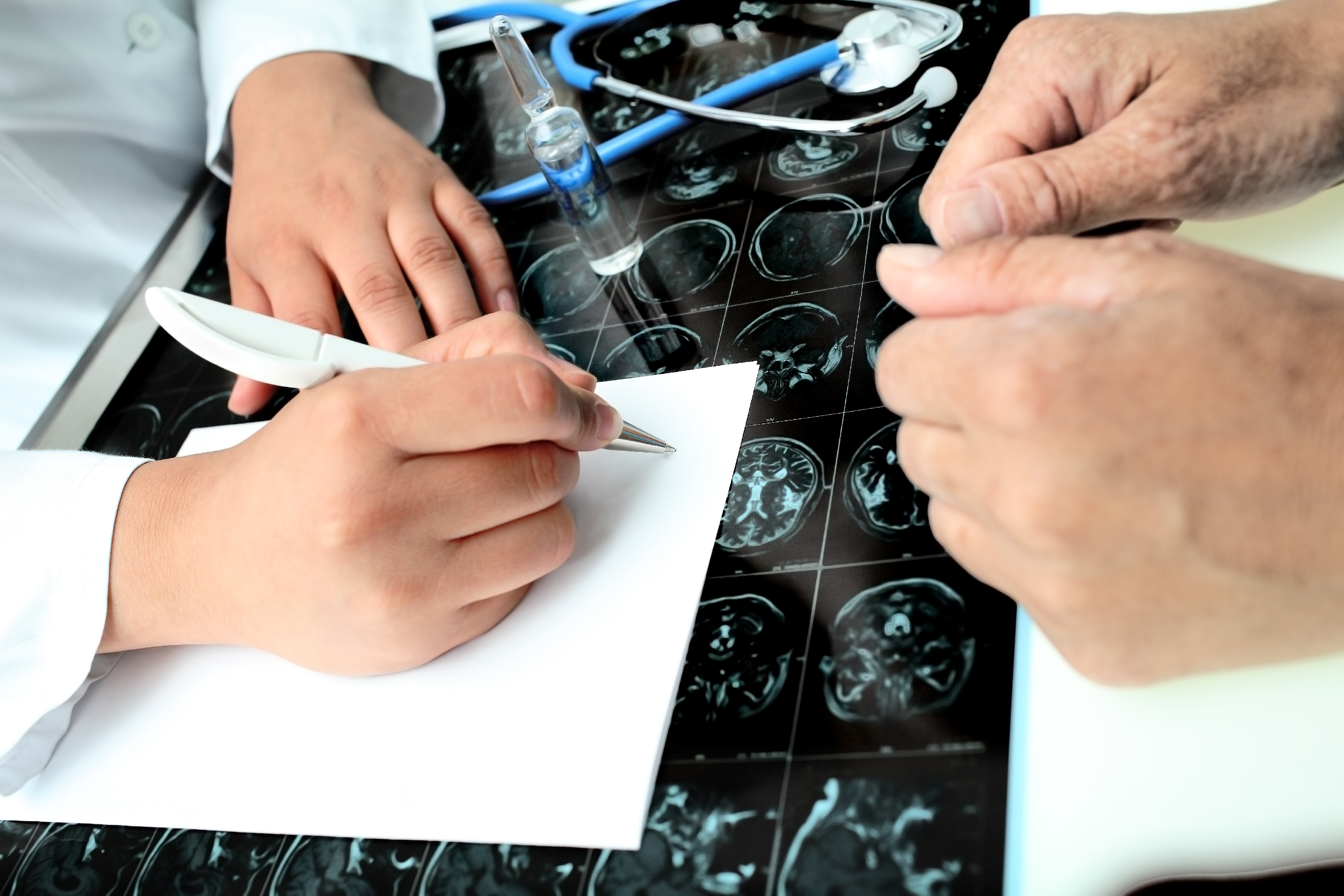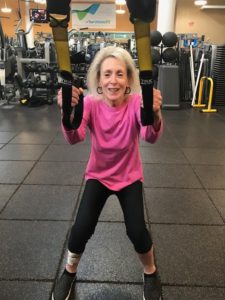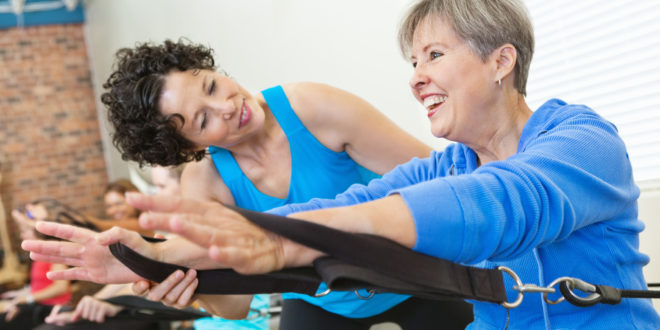by Michelle Sutton-Kerchner
Over 10 million people in the world are living with Parkinson’s disease. Exercise is an essential part of delaying and treating symptoms …
With the prevalence of Parkinson’s disease (PD), everyone has it touch their lives in some way. Knowing there is help through exercise is empowering when so much feels uncontrollable. Thanks to extensive clinical studies, research has proven the benefits of exercise on the Parkinson’s brain and body. Although this disease presents itself differently in each person, exercise is scientifically proven to help regardless of its presentation diversity.
You can effect change and fight the debilitations of this disease.
Exercise during Early Diagnosis
 Individuals with PD who begin exercise early in their treatment have better outcomes than those who start later, according to the Parkinson’s Outcomes Project, the largest-ever clinical study of PD with over 12,000 participants in five countries. But, exercise helps at all stages.
Individuals with PD who begin exercise early in their treatment have better outcomes than those who start later, according to the Parkinson’s Outcomes Project, the largest-ever clinical study of PD with over 12,000 participants in five countries. But, exercise helps at all stages.
Benefits of regular exercise include improved balance, mobility, and overall performance of physical activities. This results in better quality-of-life, which eases depression and anxiety, the top factors impacting people with PD. Exercise reduces feelings of powerlessness by self-improving daily functionality. It also releases hormones to combat negative emotions and fatigue.
The Project also highlights exercise’s neuroprotective effect, which impacts the brain at the molecular level. This helps explain why the sooner an exercise regimen is established, the better the outcome. Also, during the early stages of PD, vigorously intense and frequent workouts are more physically possible. Starting sooner allows more time to protect the brain and delay onset of symptoms.
Helpful Workouts
High-intensity cardio workouts help prevent changes in the brain caused by general aging as well as PD. Include plenty of stretching in your routine once muscles are warm. Incorporate exercises that focus on strengthening your balance as well.
 Weight training is vital in maintaining—and even improving—motor symptoms. Through progressive resistance exercises, weight load and reps are increased to allow muscles to grow and adapt. This helps prevent problems like limb weakening, which is common in PD.
Weight training is vital in maintaining—and even improving—motor symptoms. Through progressive resistance exercises, weight load and reps are increased to allow muscles to grow and adapt. This helps prevent problems like limb weakening, which is common in PD.
Recommended workouts: weightlifting, cycling, running, Pilates, T’ai Chi, yoga, dance, and non-contact boxing.
Ask a personal trainer or fitness instructor about the best ways to modify these according to symptoms you may have on any given day.
Frequency: Exercise an hour daily, at least three to four times weekly.
Parkinson’s Wellness Program
Since exercise is a well-established part of PD treatment, the Center offers the Parkinson’s Wellness Program to meet the varying needs of each individual.
The Program helps participants maintain quality-of-life, and even achieve new levels of fitness, by combating symptoms like stiffness, immobility, tremors, and gait issues. Through certified trainers and group camaraderie, a community of supportive friends is formed, which further eases depression, isolation, and anxiety.

Jeff Greenberg has participated in one of the Center’s Parkinson’s Wellness Programs for about 1.5 years; he was diagnosed with PD eight years ago. After training on his own, Jeff was happy to join a Program designed for his specific needs.
“Everyone is affected differently by Parkinson’s disease. Everyone in the Program is trying different treatments. Regardless, we all recognize the value of exercise in our individual treatment plans. It is helpful for each of us, despite our individual reactions to the disease,” Jeff shares. He assures that other participants agree exercise helps in some way, regardless of their specific PD symptoms.

Sandy Kret is one such person, who also partakes in one of the Parkinson’s Wellness Programs. Diagnosed with PD two years ago, Sandy exercised on her own until five months ago. She joined the Parkinson’s Wellness Program at the advice of her neurologist. “Now, I have an exercise routine customized to my own needs. The trainers are so knowledgeable.” Sandy shares.
Sandy is motivated by the progress she has seen since joining the Program. The results inspire her to continue. “I’m stronger now,” she says, and who would not be fueled by that!
Along with evaluations and tracking tools, Jeff notes his progress by quality-of-life. He claims exercise slows down his progression of PD, which is noticeable over time. Once, Jeff had an unavoidable two-month absence from exercise.
“I definitely felt a negative change in how my body was reacting to the disease during that time,” he comments. He adds, “The more you exercise, the more you can impact Parkinson’s effect on your balance, movement, tremors, all of it.”
Jeff’s experience in the Center’s Program has been highly motivating. “I’ve seen class participants who could not walk when they started. Now, they are jogging along beside me.” These people have formed friendships and support groups. Beyond participating in a Parkinson’s Program, they now are a community working together to help themselves and each other.
Sources
“Exercise May Help Prevent Parkinson’s,” by Miranda Hitti at webmd.com
Parkinson’s Foundation at parkinson.org
Parkinson.fit
 Fitness & Wellness News Your Source for Fitness News, Wellness News, Health News, and Nutrition News!
Fitness & Wellness News Your Source for Fitness News, Wellness News, Health News, and Nutrition News!




